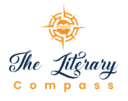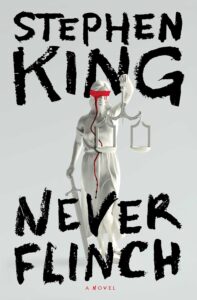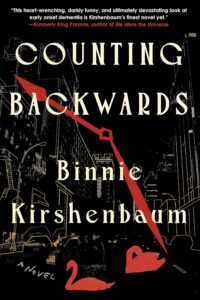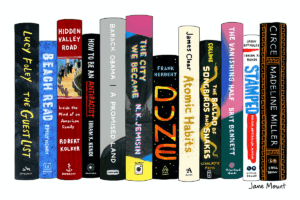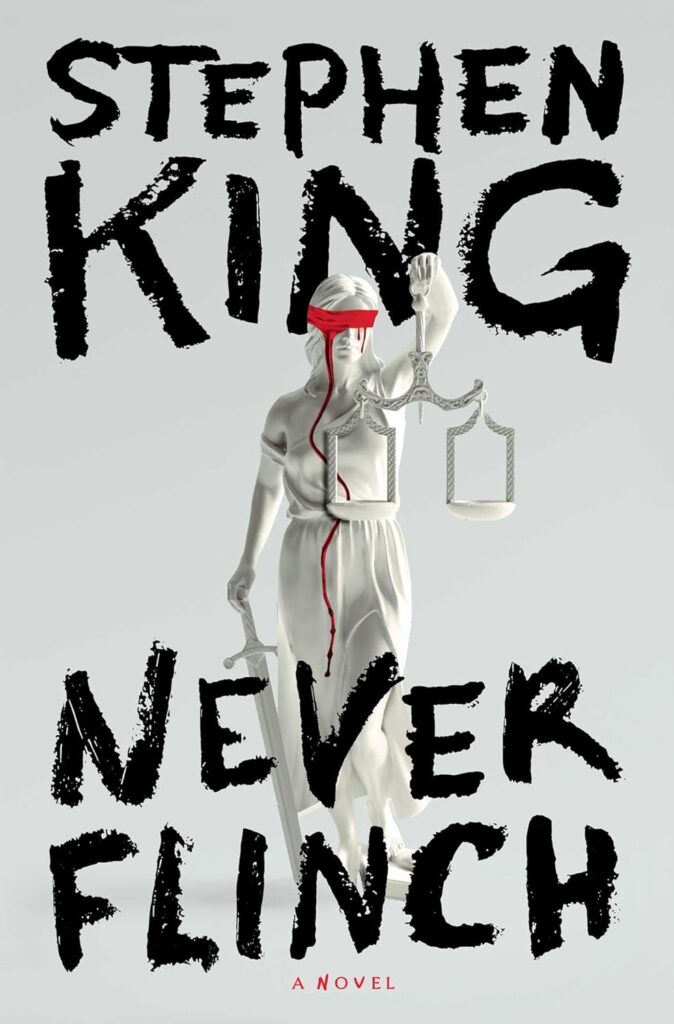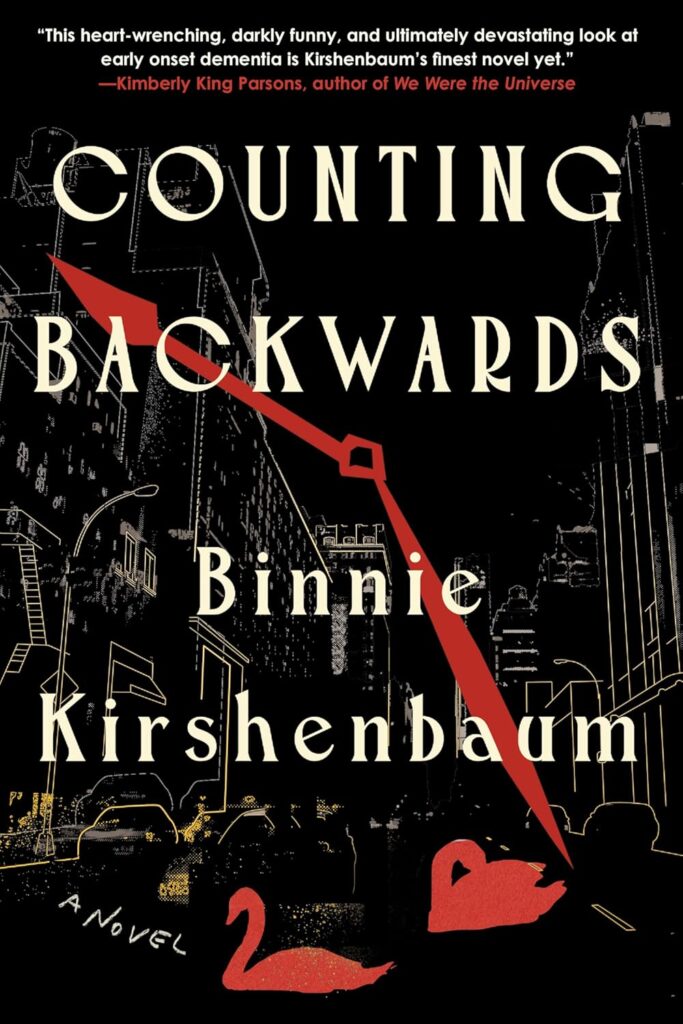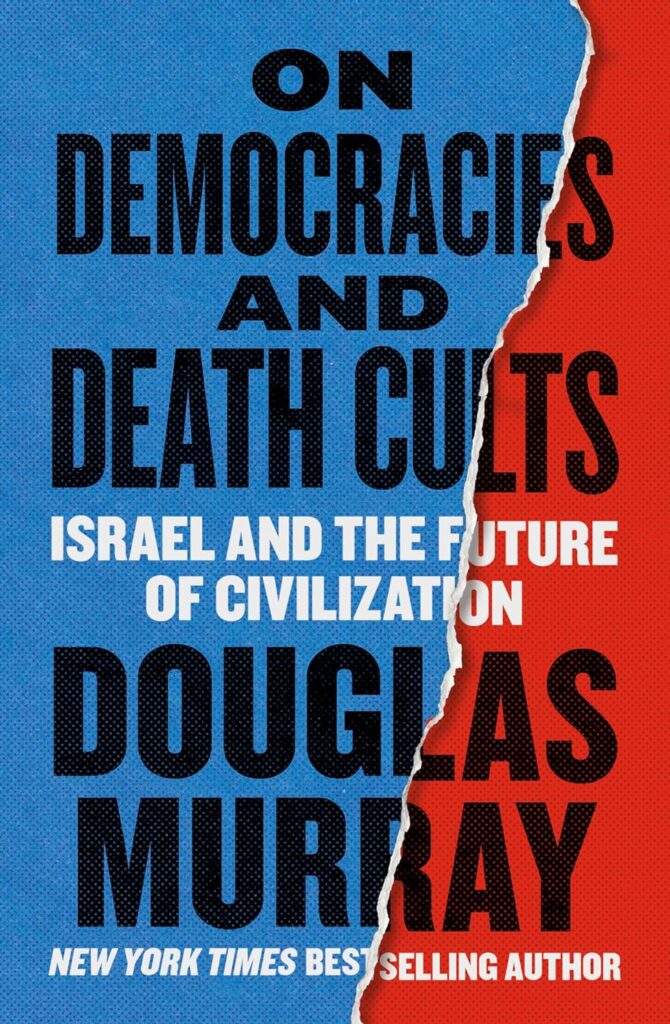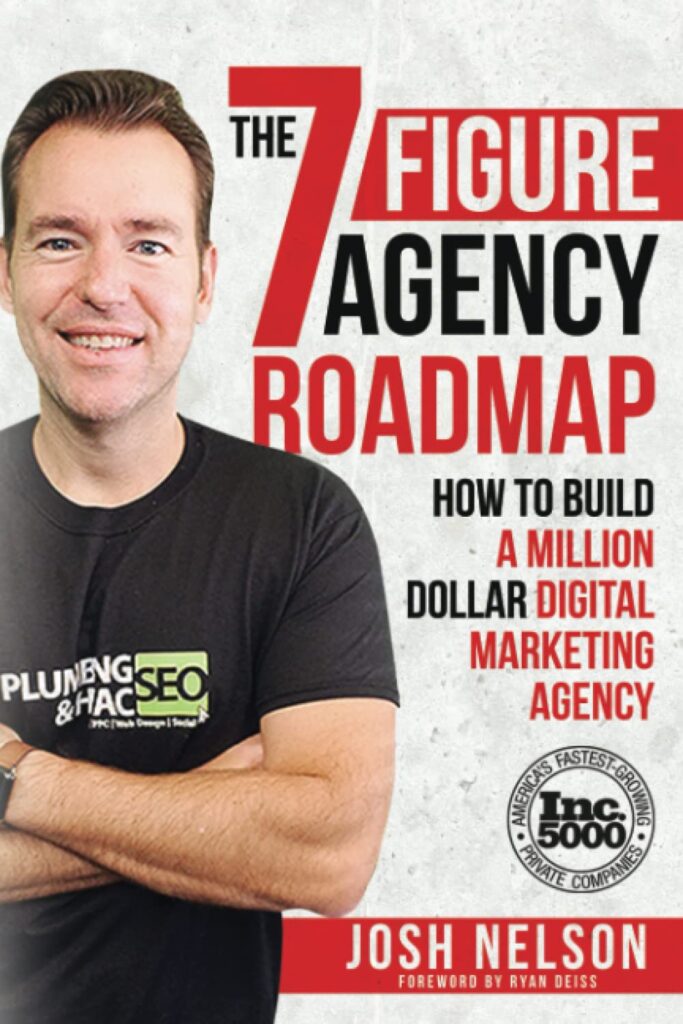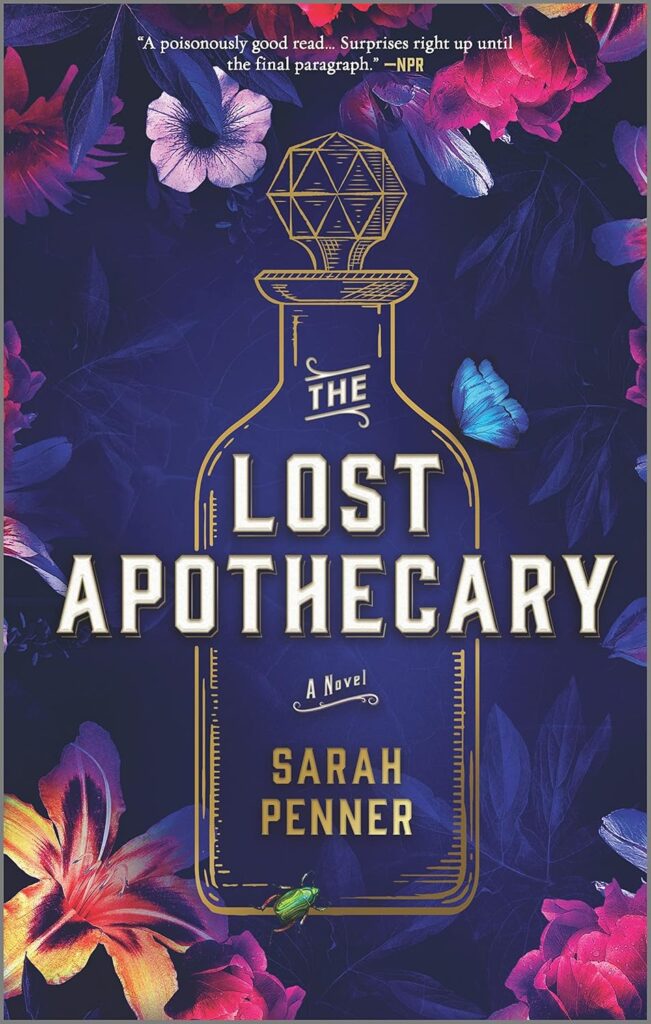There’s a reason collectors are drawn to rare books. They combine history, intrigue, and personal satisfaction. Still, the steep prices can make your goal seem out of reach.
Finding rare books at a reasonable cost takes more than luck. You need a focused approach, proven strategies, and a willingness to sidestep obvious traps. In this guide, I’ll break down how to spot value where others miss it, cut through pricing hype, and act fast when opportunity strikes. Expect a practical system for sourcing hard-to-find books without draining your wallet.
Worried about pitfalls? I’ll also address common traps and scams—so you can buy confidently and avoid mistakes that cost real money. If you’re serious about finding real bargains and building a collection that holds up to scrutiny, you’re in the right place. For extra peace of mind, check out this practical Guide to Rare Book Fraud that calls out warning signs before you commit your cash.
Table of Contents
Understanding the Rare Book Market
Before you start bargain hunting, you need a clear sense of what “rare” truly means in the book world. Not every old hardcover at a flea market is valuable—and not every expensive volume deserves its price tag. This is a market shaped by details, context, and persistent myths. Here’s how to spot genuine rarity, understand value, and use widespread misconceptions to your advantage.
What Qualifies as a Rare Book
 Photo by Eneida Nieves
Photo by Eneida Nieves
A rare book isn’t just one that’s old, nor is it a book that’s hard to find in your local bookstore. Several key ingredients go into the mix:
- Age: Age can add appeal, but it’s not the single deciding factor. Some books from the 19th century are common—and many 20th-century books are rare because few survived.
- Edition: First editions, especially first printings, are often prized. But true rarity sometimes lies in later printings that include a key revision or cover error.
- Scarcity: How many copies are known to exist? A book issued in a tiny print run, or one from a small regional press, might be valuable even if it isn’t famous.
- Condition: Collectors want books as close as possible to their original form. This means clean pages, intact dust jackets, minimal markings, and strong binding. Condition can easily quadruple (or gut) a book’s market value.
- Rarity vs. Collectibility: Some books are collectible due to cultural impact or nostalgia, but aren’t especially rare. For instance, a popular classic like “The Great Gatsby” is collectible in first edition, but countless reprints hold little value. Learn more about what separates rarity from collectibility in dedicated Book Collecting Tips and Guides for a deeper dive.
True rarity is a blend of demand, supply, and condition. If you spot all three, you likely have something special.
How Value Is Determined
You may see two identical books with wildly different price tags. What gives? Here’s what the market cares about:
- Provenance: Who owned the book? A basic copy skyrockets in value if it was owned by a notable person or has unique bookplates, signatures, or letters tucked inside.
- Demand: Interest can shift fast. Sometimes a quiet title catches a pop culture wave—a movie adaptation or celebrity mention—and prices climb overnight.
- Signature: An author’s signature can boost value, but context matters. A personalized note, or an especially early signature, is worth more than a generic autograph.
- Historical Context: Limited runs during war, banned books, or copies tied to a cultural milestone can all drive prices sharply upward.
- Edition Specifics: Points like publisher misprints, first state dust jackets, or unique endpapers can mark the difference between a run-of-the-mill copy and a prized collectible.
For perspective on how cultural moments affect value, check out this Yellowface book summary, which explores how stories about identity and controversy can heighten both interest and value in the market.
Misconceptions That Can Lead to Bargains
Some sellers don’t know what they have. That’s your opportunity—if you know where most people go wrong:
- Dust Jackets: Many believe only the book matters. In truth, a first edition dust jacket can be worth more than the book itself, sometimes by thousands of dollars. If you see a rare book with a jacket at a bargain price, don’t hesitate.
- First Editions: “First edition” is often misunderstood. Many confuse book club editions or later printings for genuine firsts. Sometimes, true firsts hide in plain sight, especially if a seller didn’t check the publisher’s points or printing history.
- Author Signatures: People tend to assume any signed copy is a goldmine. Not always. Value depends on signature placement, date, and whether it’s inscribed to someone notable or just a random signature.
- Reprints: Some valuable editions are reprints—like when a book unexpectedly hits public awareness and early reprints carry unique additions or cover art.
- Scarcity Assumptions: Just because you can’t find a copy online doesn’t guarantee rarity. Focus on actual print numbers and demand, not just online visibility.
Stay alert for listings that overlook these issues. Sellers may price a book low because they miss a crucial detail—just waiting for someone with sharper eyes to spot real value. Knowing these misconceptions not only protects you from overpaying; it can also help you find underpriced treasures when others walk away.
Best Places to Find Rare Books Cheap
Tracking down affordable rare books isn’t a waiting game. The right opportunity comes from knowing where to look and how to act fast. Skip the guesswork and focus on proven spots—both online and offline—that professionals, collectors, and smart hobbyists rely on year after year. I break down what to expect at each location and how to maximize your return, without wasting time or money.
Library and Estate Sales
Local libraries and estate sales are often overlooked by the masses, but they can be gold mines if you know what you’re doing.
Walk into a library sale, and you’ll see rows of tables stacked with books, sometimes for as little as a dollar. The good stuff hides in plain sight. First editions, signed copies, and even rare out-of-print titles show up when libraries deaccession their shelves or donors give away more than they realize.
Estate sales, on the other hand, give you access to private collections—sometimes untouched for decades. Here, timing and early arrival are essential. The first hour can make or break your haul, especially for highly sought-after authors or unique bindings.
Tips to get the most out of these events:
- Arrive early. The best finds disappear fast.
- Bring cash. Many sales don’t accept cards.
- Scan for dust jackets, unique editions, and signatures.
- Ask about preview days. Some sales let insiders browse inventory ahead of the crowd.
Explore strategies for tapping into library resources—including free options—by reviewing this list of ways to read books for free.
Thrift Stores and Charitable Shops
Thrift stores aren’t just for bargain clothing. They can hide treasures on their dusty shelves if you’re willing to put in the work.
Beneath stacks of modern romance novels, you might spot out-of-print poetry or obscure first editions. Inventory turns over quickly, and staff usually price books to move, not to match collector value. That’s your advantage.
Want results? Try these tips:
- Visit often. New stock hits the floor every day.
- Check high and low shelves. Some rare finds linger where others don’t look.
- Ignore the dust. Condition matters, but so do early editions and unusual titles.
- Learn your genres. The more you know, the faster you spot underpriced books.
Charitable organizations like Goodwill or local church shops offer similar opportunities. Proceeds often fund good causes, so your find does twice the work.
Online Marketplaces: eBay, AbeBooks, and More
The internet has no shortage of rare book listings, but buying online requires a sharp eye and a quick trigger finger.
eBay, AbeBooks, and other platforms level the playing field. Anyone can list a book, which means pricing errors happen daily. The downside? More competition, and you have to act fast on undervalued listings.
Steps for online success:
- Set keyword alerts. Let the site notify you for specific titles or editions.
- Research recent sales. Know what a book is truly worth before buying.
- Watch lesser-known sites. Sites like Biblio and Alibris sometimes offer gems missed by bigger buyers.
- Dig into descriptions and photos. Look for clues—edition points, dust jackets, binding details.
Consider reading this guide to finding undervalued rare books on eBay—it explains how to spot bargains before others do. Also, explore AbeBooks’ rare book section for a curated selection direct from professional sellers.
Specialty Bookstores and Independent Dealers
Specialty bookstores and indie book dealers know their stuff, but that doesn’t mean all prices are sky-high. In fact, they sometimes underprice books outside their area of expertise or let less-desirable stock go for a song.
 Photo by Nicole Berro
Photo by Nicole Berro
I’ve found rare science fiction in mystery shops and obscure poetry in travel-themed bookstores. When dealers rotate collections or need to clear shelf space, prices drop fast.
Here’s how you win at specialty shops:
- Build relationships. Dealers remember regulars and will often tip you off to new arrivals.
- Ask about unlisted stock. Many have back rooms or unsorted boxes.
- Attend in-store events or auctions. Dealers bring out hidden gems for these occasions.
Dig deeper into the world of rare book collecting with resources and guides tailored to specialized interests, such as book collecting tips and guides.
The right network, a good eye, and a bit of patience will put you ahead of the casual collector—without the premium price tag.
Smart Strategies for Scouting and Evaluating Rare Books
Rare book hunting doesn’t reward chance. Effective scouting comes down to two things: knowing what matters and acting with precision. Whether you’re hunting in person or online, use every advantage to spot opportunity before someone else does. I rely on a clear, fast system—one I trust to avoid buyer’s remorse and maximize value.
Research and Preparation Before You Buy
The fastest way to lose money is to skip your homework. Start with a short list of titles, authors, or genres you want. Get familiar with the market for those items. Price ranges can swing wildly, so having current data sets realistic expectations.
- Create a target list. Decide which editions, publishers, or years you care about. This keeps your focus tight and decisions fast.
- Track recent sales. Check sites like AbeBooks and eBay for final prices, not just asking prices. Patterns come into focus when you review enough transactions.
- Look up edition points. Every collectible book has small signs—like jacket price or misprints—that prove it’s authentic. Learn them before you shop.
- Bookmark resources. Online guides and reference texts can save you at the checkout table or in the thrift aisle. One of my go-to references is this concise guide to the rare book appraisal and evaluation process, loaded with practical steps and photos.
Want a broader foundation? Check out this lineup of book collecting tips and guides—it covers everything from niche collectibles to mainstream titles.
Evaluating Condition and Authenticity
Condition and authenticity drive book value. You need a simple, consistent checklist to size up books efficiently, even without expert help. I always focus on four key areas:
 Photo by Wallace Chuck
Photo by Wallace Chuck
- Dust jacket: Check for chips, tears, fading, or missing panels. Complete, well-kept jackets can multiply value.
- Binding: Press lightly on the spine. Are the hinges tight? Loose, cracked, or repaired bindings signal trouble.
- Pages: Flip through quickly. Any stains, foxing (brown spots), writing, or missing pages should factor into what you pay.
- Edition points: Verify authenticity—publisher, copyright, and printing codes should match first edition standards.
- Provenance: Look for owner inscriptions, signatures, or documents that can add value or indicate a forgery.
For a reality check on pricing, I run quick searches for similar books sold in the same condition. This guide on finding the value of old books offers actionable steps for calculating whether the price on offer matches the reality of today’s market.
If you want help distinguishing real first editions from clever reprints, there’s solid advice in detailed rare book evaluations.
Negotiation Tactics for a Better Deal
Most sellers have wiggle room—if you ask the right way. Here’s what works:
- Show your homework. Reference recent sales or condition flaws politely. People respond to facts, not feelings.
- Bundle for savings. If you spot multiple books, offer a single price. Sellers like moving stock in batches.
- Be ready to walk. Don’t fall in love with a copy. The minute you hesitate to walk away, you lose negotiation power.
- Ask about discounts. Cash buyers or repeat customers often get better deals. Just ask.
Negotiation is a skill. The more you do it, the better your results. Even in online sales, reaching out to sellers for a lower offer or shipping discount is common—and expected.
Avoiding Scams and Pitfalls: How to Protect Yourself
Scams happen. Photos hide flaws. Descriptions stretch the truth. Be quick to trust your gut, but verify every detail that matters.
Common tricks include fake signatures, facsimile dust jackets, or misrepresented editions. Don’t assume every “first edition” is real, especially if the price looks too good.
- Insist on clear, detailed photos.
- Ask direct questions about flaws, provenance, or repairs.
- Research the seller’s reputation, especially on online marketplaces and at book fairs.
- Never wire money or use untraceable payments.
If you want to strengthen your fraud defense, use this guide on How to Avoid Rare Book Scams. It lays out step-by-step tactics for protecting yourself from the most common tricks in the rare book market.
For every successful collector, there are dozens who overpay or buy into a scam. The right strategy isn’t just about finding treasures—it’s about keeping your money (and reputation) safe.
Maximizing Your Rare Book Bargain Finds
You worked hard to hunt down those rare books at bargain prices—now make sure the effort pays off long-term. Protecting your investment starts the moment you bring a book home. Proper handling and smart tracking systems can drive up future value. Selling decisions should line up with your goals—whether you want to fund new acquisitions or gradually scale up a collection. Let’s break down how to secure, monitor, and eventually capitalize on your smart finds.
Proper Storage and Conservation
Your collection’s condition is its currency. Poor storage turns five-dollar finds into worthless paper. Small steps prevent big losses.
- Control climate. Keep books in a dry, cool area. Avoid hot attics, damp basements, or anywhere prone to temperature swings.
- Prioritize shelving. Store books upright on sturdy, dust-free shelves. Use bookends if needed to avoid leaning or warping.
- Keep sunlight away. Direct light fades covers and pages—use curtains or UV-protective glass if needed.
- Handle with care. Clean, dry hands only. No snacks, no drinks nearby, no dog-earing pages.
- Use protective covers. Archival-quality sleeves or custom dust jackets protect against wear and prevent accidental scuffs.
- Avoid stacking. Heavy books on top crush spines and dust jackets below.
Take time up front with storage and it pays back over years. Every collector loses value to preventable mistakes—don’t be that person. For further reading, while not a direct link, I suggest consulting reputable preservation resources like the American Institute for Conservation or reliable publisher archives for more in-depth conservation strategies.
Tracking Your Collection and Its Value
You can’t improve what you don’t measure. Serious collectors need more than guesswork. Tracking details makes insurance, future sales, and value assessments clean and simple.
Start by setting up a catalog—this can be as basic as a spreadsheet or as advanced as a database or digital catalog app. Focus on:
- Title, author, edition, and publication year
- Purchase price and date
- Seller’s details
- Notes on condition, provenance, and special features
- Current estimated value
Update this log when you buy or sell. Snap photos for a visual record, especially of unique features like inscriptions or dust jackets. This habit pays off if you want to get a book appraised or need documented proof for insurance.
Stay alert to market trends. Values shift fast when movie adaptations drop, authors hit headlines, or a book’s scarcity becomes news. Smart tracking lets you spot when it’s time to hold or sell. For powerful stories of how personal history and collectibility connect, take a look at Sylvia Plath’s life and legacy—a reminder that even context can drive a book’s value.
When and How to Sell Rare Finds
Selling isn’t just a last resort—it’s a smart way to reinvest and grow your collection over time. Timing and approach matter.
When to consider selling:
- A title spikes in demand (think: movie deals, trending authors, anniversaries)
- You outgrow a focus or want to upgrade to a better copy
- Values peak, offering a strong return compared to what you paid
How to approach the sale:
- Research recent sales. Match your copy’s edition and condition, not just the title.
- Choose the right venue. Online marketplaces like eBay and AbeBooks, reputable rare book dealers, specialty auctions, and collector groups each offer different strengths. Go where your market shops.
- Present books accurately. Use sharp photos, clear condition notes, and detailed edition points.
- Know your bottom line. Set a minimum price that meets your goals—and stick to it.
- Stay on top of fees and shipping. These eat into profits if you forget to factor them in.
Some collectors sell aggressively to fuel new purchases, while others wait for the perfect moment. Either way, active management is what keeps your hobby self-sustaining.
Want practical advice on identifying stories that resonate—and may impact a book’s sale value? Explore this Holly Brickley Book Review for a look at how books tied to authentic, compelling stories hold attention and drive interest in the resale market.
Conclusion
Value isn’t hidden; it’s overlooked. The collectors who score rare books for less know where to look, how to act, and when to walk away. Precise scouting, sharp negotiation, and real discipline set them apart.
The actionable steps I’ve outlined reduce risk, boost your buying power, and set you up for long-term wins. Start with targeted research, sharpen your eye for edition points, and be disciplined about what you pay. Secure your finds, track your collection, and know when it’s time to sell or upgrade. Skip hype, trust process, and focus on real results.
Ready to put these moves into practice? Make your next hunt purposeful. Share your standout finds or hard lessons—your input sharpens every approach. If you need next-level fraud defense before your next buy, or want more advanced tips on spotting genuine rarity versus hype, revisit practical guides like the rare book scams checklist. Your collection grows on focused execution—nothing else. Thanks for reading.
